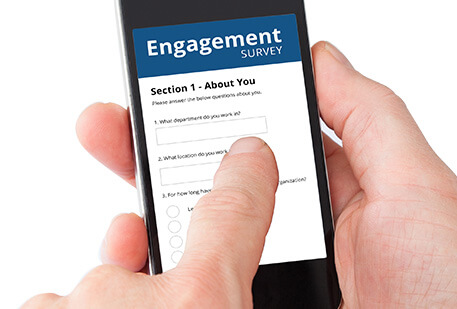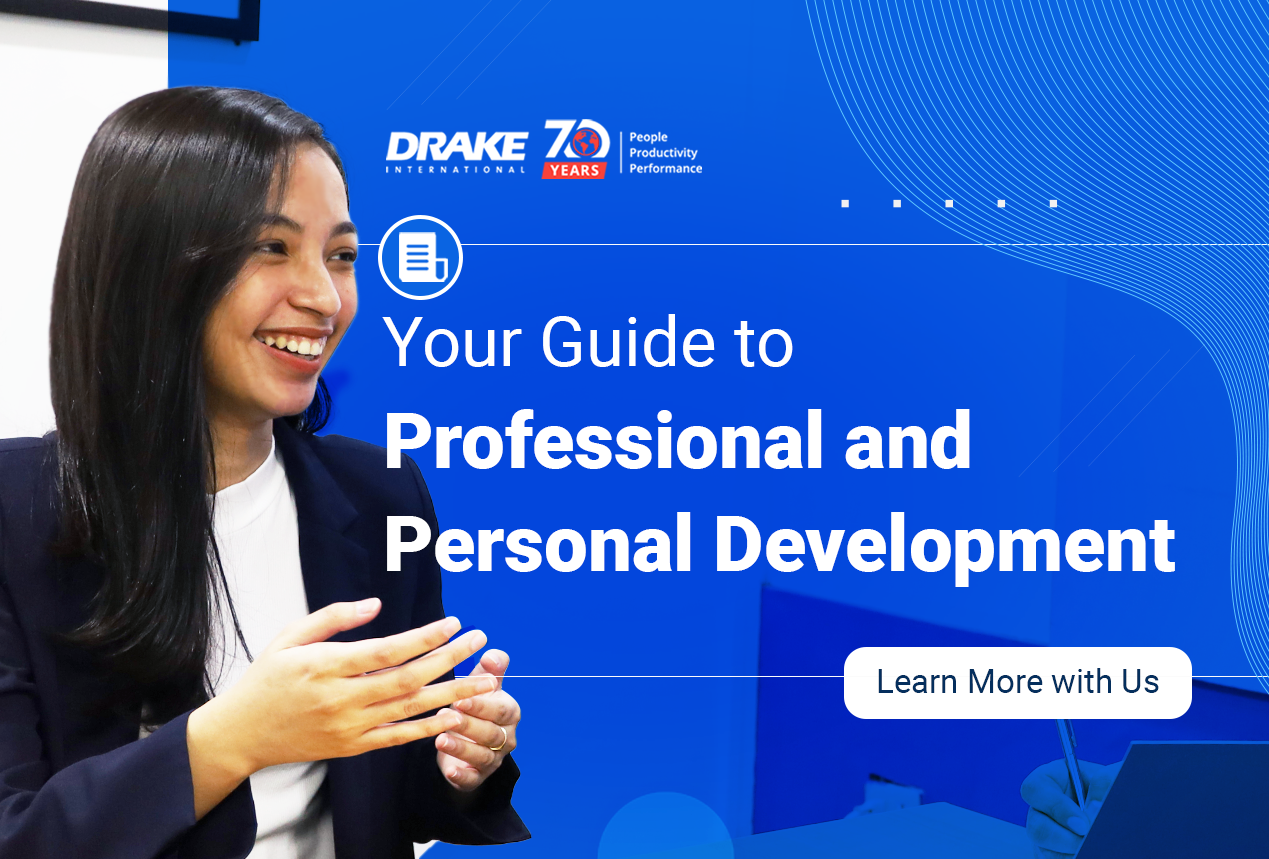How to help others resolve conflict
Managers often wonder what they would do with the extra time if they didn’t have to deal with difficulties between team members who are:
- upset or offended but refuse to raise the issue with the person concerned
- not working together well
- in outright conflict with each other and whose behaviour is affecting the team in general
Sometimes employees simply get over upsets, or their manager encourages them to speak directly to the person concerned. However, there are times to bring the parties together to resolve their difficulties and develop an easier working relationship. Such meetings range from informal ‘work-it-out’ meetings, often facilitated by a supervisor or human resources officer, to formal mediation sessions run by an external professional. Most people don’t find conflict easy, and would prefer to avoid it. So bringing people together for such meetings may not come easy. But the longer a conflict continues, the worse it becomes. So the sooner you resolve the difficulties, the better.
You can apply these general principles to meetings you convene to assist people with conflict.
- Be supportive and professional. It is important that you be non-biased, non-judgmental, and supportive. You guide the process, not the content, so, unless you have been asked to arbitrate, do not make decisions on the parties’ behalf. Avoid the temptation to take sides despite any personal feelings you may have. You must be seen to be neutral, so supervisors who may have a closer relationship with one party are often not the best person to mediate a conflict between team members.
- Meet with the parties separately beforehand if possible. This gives you an opportunity to build relationships with them if you haven’t already done so; explain your role in the joint meeting; allow them to voice their perspective and any negative emotions beforehand; and, if they are open to your influence, to coach them on what they can do to build some goodwill and resolve the conflict.
- Create a positive atmosphere. Here the positive relationship you have already developed with each party will be helpful. Choose a neutral venue, which does not create a power advantage for one party. Arrange seating where the parties sit diagonally across each other rather than directly opposite around a circular table if possible. Provide refreshments to facilitate a more relaxed atmosphere and less formal interactions. Your demeanour of friendliness, confidence, and professionalism will be essential in setting the tone for the meeting.
Congratulate the parties on any positive steps they've already taken, such as recent improvements, as well as their past positive history or the fact that they have simply turned up to this meeting.
Be clear that your role is to help both parties get a good outcome, not to provide them with solutions. They will need to work hard to find workable solutions. Explain that your role is to guide the process and keep them on track, so the conflict does not get out of control.
Inspire their confidence in you by being competent and professional, clear as to the agenda, how the meeting will be run, reminding people about any ground rules for the meeting, including no interrupting, keeping it respectful, and looking for solutions for the future rather than dwelling on blame or personal attacks.- Speak about their common desire to achieve a good outcome. This is best expressed by the individuals themselves if you ask them directly, “Why do you want this difficulty/conflict solved?” If they have difficulty expressing a reason, they may need some prompting, or you can assume the best, that they desire to get their relationship back on track, to get a fair outcome, or to agree on the way forward.
Discuss other reasons they want to resolve their dispute, some they may have in common, such as their need to have an easier working relationship.- Encourage gestures of goodwill. Hopefully, people will be open to any coaching you have given them beforehand and come to the meeting with a positive frame of mind. Goodwill can be demonstrated by words and actions, such as greeting each other pleasantly, agreeing where possible, and demonstrating flexibility.
One or both parties may be in a position to apologize for their part, for how their behaviour came across, or to express a hope that they can put their difficulties behind them for the sake of their relationship. Conciliatory behaviour, such as making amends or choosing to forgive or let go of hurt, are all helpful gestures you can encourage beforehand. Such gestures do not always elicit an immediate positive response. So people must be prepared to take helpful actions but not expect others to immediately reciprocate.- Interrupt problem patterns of communication. When separate meetings beforehand are not possible, structure the joint meeting so that each party can share, without interruption, their perspective, concerns, and wishes for the future. It can be helpful if the other party is willing to acknowledge what they have heard and ask clarifying questions if needed.
You must be prepared at times to interrupt disrespectful, problematic communication when it takes place by reminding people of the ground rules for their meetings, redirecting personal attacks to the issue at hand, reframing complaints to what that person would find helpful, naming the behaviour, changing seating arrangements or the physical location, or separating the parties.
Sometimes people are simply not ready to solve a conflict or they are too heated or emotional. In such situations, consider rescheduling the meeting for a time when both can think more clearly.- Guide the process. Have a plan for how the meeting will be run, but be flexible. Guide the conversation toward a joint problem-solving approach, where the issues are agreed and prioritized and where each party’s needs and concerns are taken into account. It is important that the real source of the tension be identified as parties can often argue over different matters.
Many facilitators or mediators often map the conflict by defining the issue and considering for each party: their needs, their concerns, solutions that are respectful to their positions, written agreements (sometimes witnessed by both parties), and a timeframe for review.
It is important to set realistic expectations. Your plan may not work perfectly, but any challenges that arise will help to fine-tune it.
At the conclusion of the meeting, congratulate both parties for having chosen to work at resolving the issue rather than continue the conflict. Things do not always go smoothly, of course, so be flexible enough to use strategies that are best suited for the situation.
- Ken Warren BA, MSocSc, CSP is a relationships specialist who helps teams perform at their very best. Through his positive interactive and engaging speaking programs, Ken helps people to: build stronger and more positive and productive teams; cope well with the stress and challenges of their work; and provide outstanding service to their clients, even the most difficult ones. Check out his free resources at www.positivepeoplesolutions.com.au
 CA-EN
CA-EN UK
UK AU
AU US
US NZ
NZ PH
PH ZA
ZA SG
SG HK
HK


